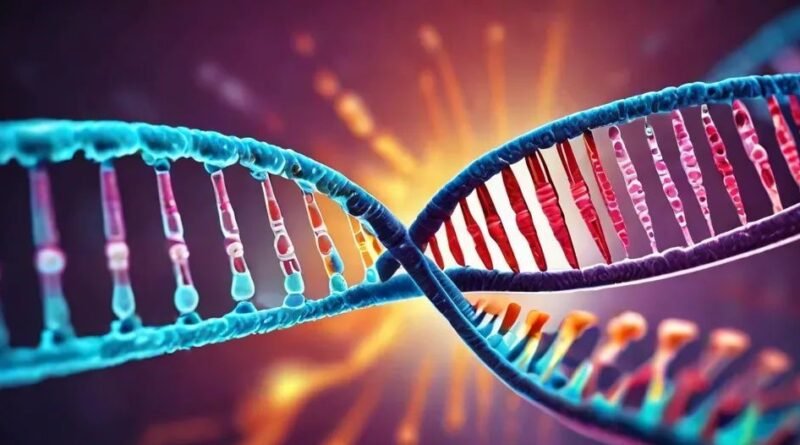About Genome Sequencing | Ias Banenge
Context:
Recently, a report published in the journal Nature revealed that a team of archaeologists and scientists from Germany, Mexico, Spain, the U.K. and the US has sequenced genetic material obtained from the human remains found from an ancient burial place.
Relevance:
GS III- Science and Technology
READ MORE- Copernicus Climate Centre Service
Dimensions of the Article:
- About Genome Sequencing
- Importance of Genome Sequencing
- Genome India Project
About Genome Sequencing:
Genome sequencing is figuring out the order of DNA nucleotides, or bases, in a genome—the order of Adenine, Cytosine, Guanines, and Thymine that make up an organism’s DNA.
Human genome
- It is made up of 23 chromosome pairs with a total of about 3 billion DNA base pairs.
- There are 24 distinct human chromosomes: 22 autosomal chromosomes, plus the sex-determining X and Y chromosomes.
- Chromosomes 1-22 are numbered roughly in order of decreasing size.
- Somatic cells usually have one copy of chromosomes 1-22 from each parent, plus an X chromosome from the mother and either an X or Y chromosome from the father, for a total of 46.
- There are estimated 20,000-25,000 human protein-coding genes.
- The estimate of the number of human genes has been repeatedly revised down from initial predictions of 100,000 or more as genome sequence quality and gene finding methods have improved, and could continue to drop further.
Importance of Genome Sequencing
- Sequencing the genome is an important step towards understanding it.
- The genome sequence will represent a valuable shortcut, helping scientists find genes much more easily and quickly. A genome sequence does contain some clues about where genes are, even though scientists are just learning to interpret these clues.
- Scientists also hope that being able to study the entire genome sequence will help them understand how the genome as a whole works—how genes work together to direct the growth, development and maintenance of an entire organism.
- Finally, genes account for less than 25 percent of the DNA in the genome, and so knowing the entire genome sequence will help scientists study the parts of the genome outside the genes. This includes the regulatory regions that control how genes are turned on and off, as well as long stretches of “nonsense” or “junk” DNA—so called because significance of it hasn’t been established.
Genome India Project
- India’s population consists of over 4,600 diverse population groups, many of which are endogamous.
- These groups have unique genetic variations and disease-causing mutations that cannot be compared to other populations.
- The Genome India Project aims to create a database of Indian genomes to learn about these unique genetic variants and use the information to create personalized drugs and therapies.
- The project was started in 2020 and is inspired by the successful decoding of the entire human genome in the Human Genome Project (HGP).
- The project seeks to better understand the genetic variations and disease-causing mutations specific to the Indian population, which is one of the most genetically diverse in the world.
- By sequencing and analyzing these genomes, researchers hope to gain insights into the underlying genetic causes of diseases and develop more effective personalized therapies.
- The project involves the collaboration of 20 institutions across India and is being led by the Centre for Brain Research at the Indian Institute of Science in Bangalore.
- Other countries, such as the United Kingdom, China, and the United States, also have similar programs to sequence their genomes.
-Source: The Hindu




